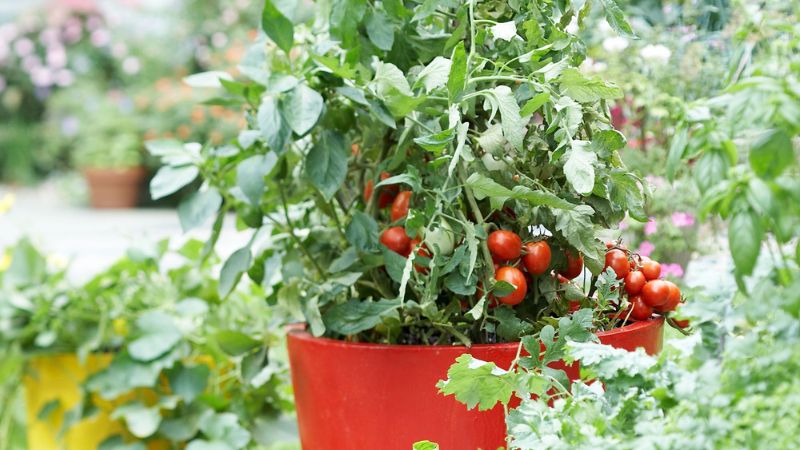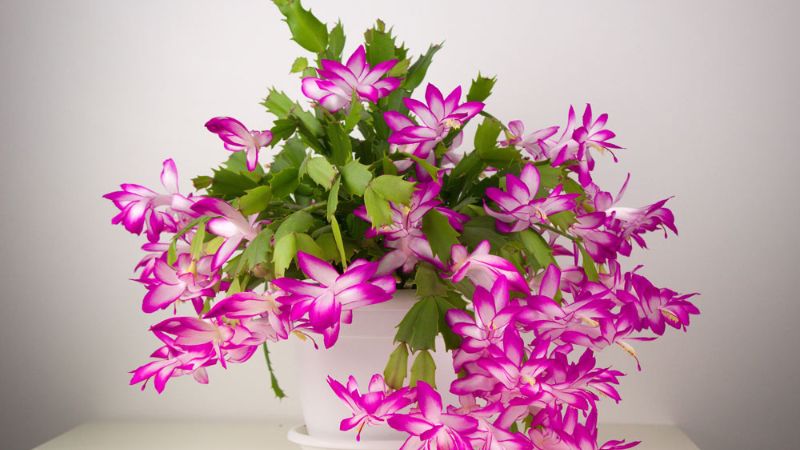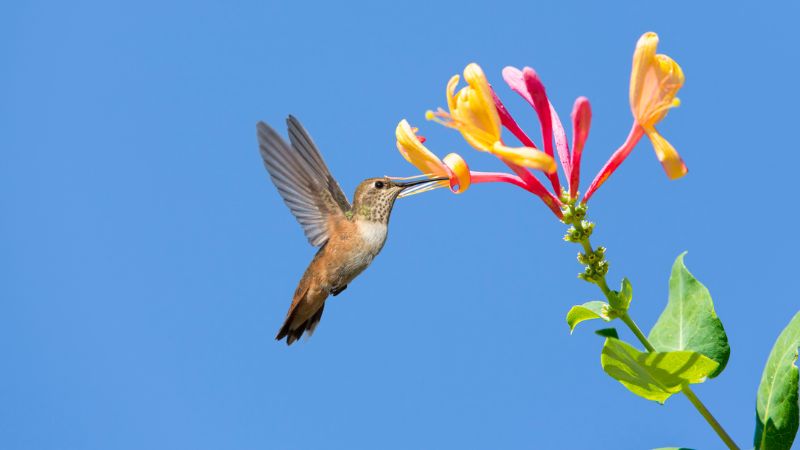Tomatoes are a staple in many home gardens, prized for their flavor and versatility. However, not all plants make good companions for tomatoes. Some plants can compete for nutrients, attract pests, or even inhibit the growth of tomatoes. Here are seven companion plants you should avoid growing with tomatoes:
1. Corn
Both tomatoes and corn are heavy feeders, meaning they require a lot of nutrients from the soil to grow properly. Planting them together can lead to competition for these nutrients, resulting in stunted growth and lower yields for both crops.
2. Potatoes

Tomatoes and potatoes are susceptible to many of the same diseases, such as late blight. Planting them together increases the risk of widespread infection, as pathogens can easily spread between the two crops.
3. Brassicas (Cabbage, Broccoli, Cauliflower)
Brassicas, including cabbage, broccoli, and cauliflower, release compounds that can inhibit the growth of tomatoes and stunt their development. It’s best to keep these plants separate from tomatoes in the garden.
4. Fennel

Fennel produces chemicals that can negatively affect the flavor of tomatoes and inhibit their growth. Planting fennel near tomatoes can result in tomatoes with an unpleasant taste and reduced yields.
5. Walnuts
Walnut trees release juglone, a toxin that is harmful to many plants, including tomatoes. Planting tomatoes near walnut trees can inhibit their growth and cause wilting, ultimately leading to poor yields.
6. Dill

Dill is known to attract tomato hornworms, a common pest that can decimate tomato plants if left unchecked. Avoid planting dill near tomatoes to reduce the risk of infestation and damage to your tomato plants.
7. Kohlrabi
Kohlrabi, a member of the cabbage family, competes with tomatoes for nutrients and space in the garden. Planting them together can lead to reduced yields for both crops, as they struggle to access the resources they need to grow.




